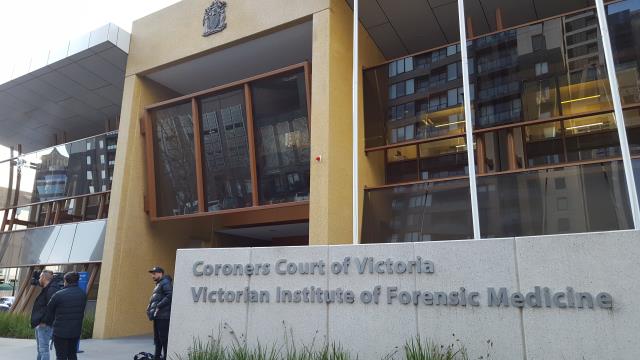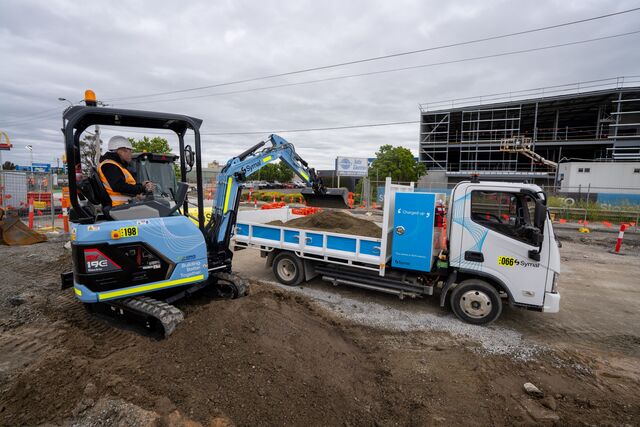The death of a man at the United Petroleum Service Station in Cranbourne while police were apprehending and handcuffing him was from toxic levels of methamphetamine and heart disease, a coroner report has found.
The autopsy identified amphetamine and methamphetamine at toxic levels and evidence of ischaemic heart disease in the body of 32-year-old Jarryd Robert Liddicoat.
He passed away on 27 April 2021 after police handcuffed him following concerns for his, theirs, and the safety of the public as he was walking into the traffic and acting erratically on High Street.
It was found that approximately 15 months before his passing, he started using ‘ice’ (methylamphetamine) and resultingly became “increasingly paranoid”, the report noted.
He was placed in custody before his death.
Mr Liddicoat was involved in a car collision on the night of his passing after he ran a red traffic control signal at the intersection of Sladen Street and High Street.
He then reported himself at the Cranbourne Police Station around the corner and his breath test was negative. A preliminary oral fluid test for illicit drugs was not undertaken.
Mr Liddicoat called his friend to pick him up on High Street between the Red Rooster restaurant and the United Petroleum Service Station as the police towed his car away.
He entered the service station at approximately 10.15pm and told the console operator to call the Dandenong police for a Cranbourne accident.
He was then spotted at around 11.30pm by First Constables Harris and Rollo, who were patrolling High Street at the time.
According to their statement, Mr Liddicoat was on the white edge line of the road and appeared drug-affected, aggressive, and armed with a metal bottom of a road or street sign.
He was “swinging the metal pole around, mumbling, talking to himself”.
Unresponsive to the requests from two officers to remove himself from the road, he fell into a garden bed.
Acting out of the concern that Mr Liddicoat was a risk to himself and the public due to the way he was presenting to the public, police made a three-point hold on him, handcuffed him, and placed him in a recovery position to avoid positional asphyxia a few seconds after closing the handcuff.
At this point, they noticed his eyes appeared closed and his chest stopped moving.
Fire Rescue Victoria assisted with CPR a short time later, and Ambulance Victoria attempted defibrillation. Despite efforts, Mr Liddicoat was declared deceased at the scene.
The report by State Coroner Kate Despot stated that “the handcuffing of Jarryd was lawful, proportionate, and reasonable in all the circumstances” and “First Constables Harris and Rollo complied with the requirements of the Victoria Police Manual in respect of restraint techniques and positional asphyxia”.
Coroner Despot identified no concerns in respect of their conduct managing Mr Liddicoat after the handcuffs were secured.
Forensic pathologist Dr Sarah Parsons who conducted the autopsy commented that the very high level of methamphetamine in the deceased’s blood likely led to him acting erratically prior to police arrival.
High concentrations possibly resulted in an irregular heart rate (arrhythmia) particularly on exertion or in times of stress.
With his medical condition of ischaemic heart disease, Mr Liddicoat was at an increased risk of sudden death due to cardiac arrhythmia.
Dr Parsons observed that prone positioning in police arrest could lead to cardiac arrest due to metabolic acidosis and a decrease in cardiac output.
However, given the short duration of the prone positioning in this case, she concluded that the toxic levels of methamphetamine in the blood and significant heart disease were the cause of the death.
There was no head injury or any other injury on Mr Liddicoat that would have contributed to his death.







